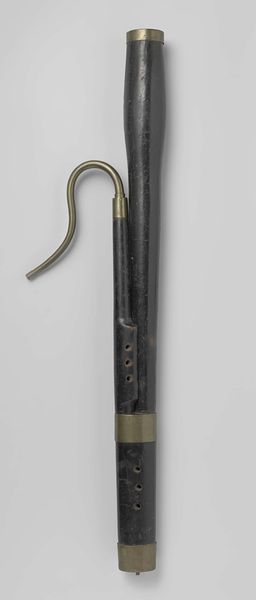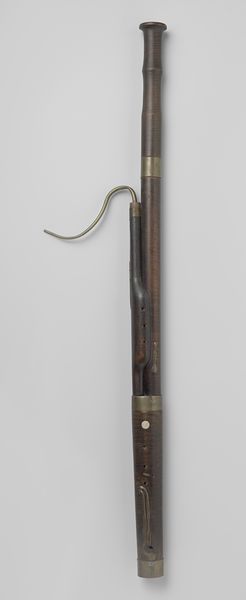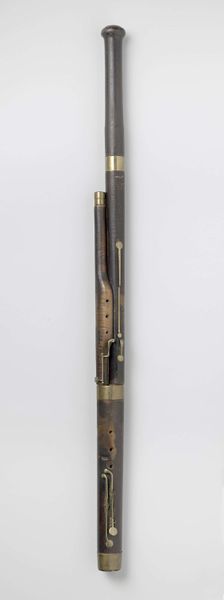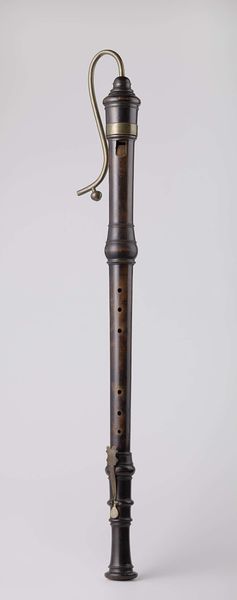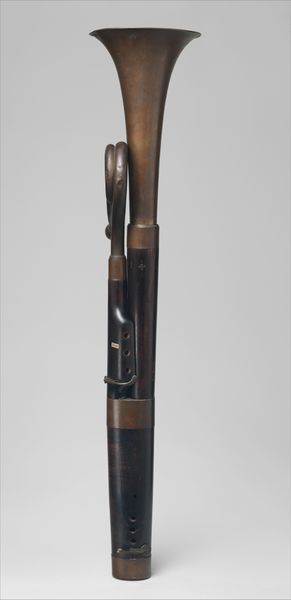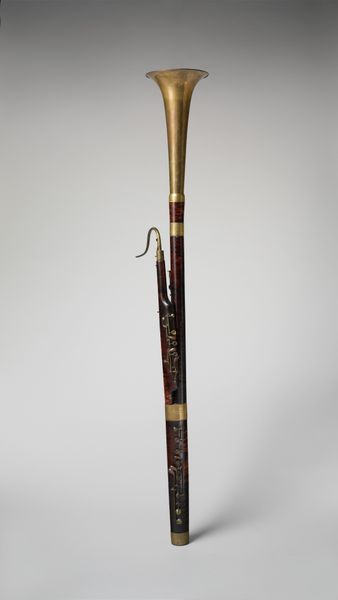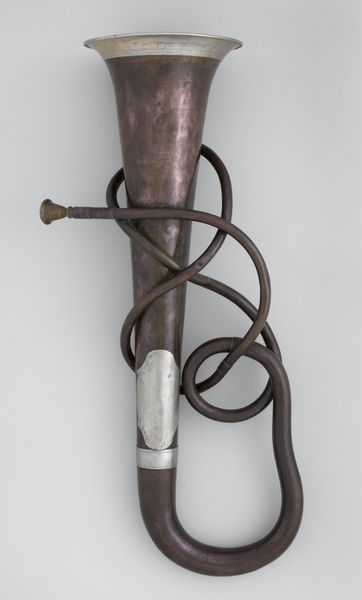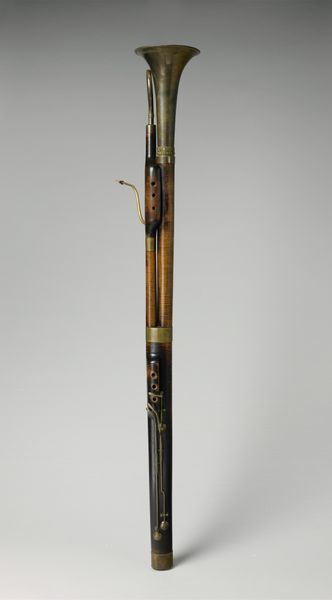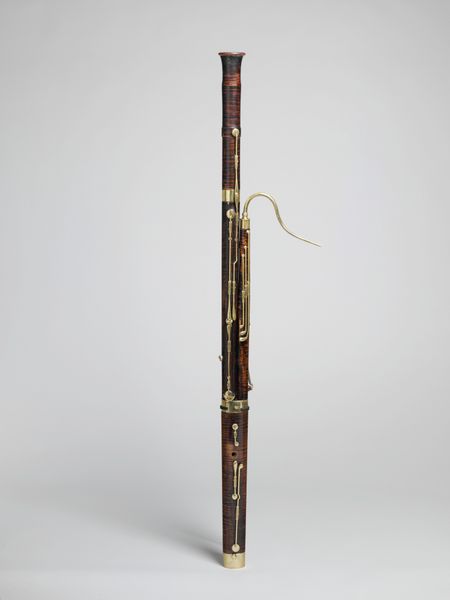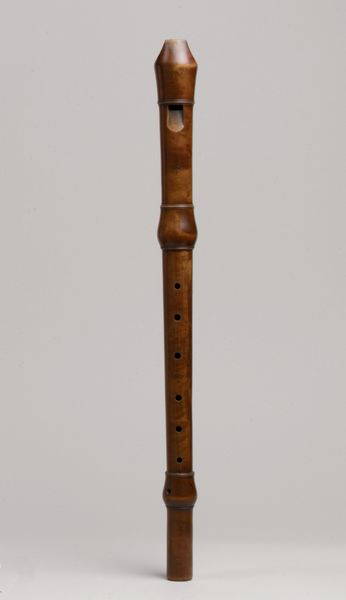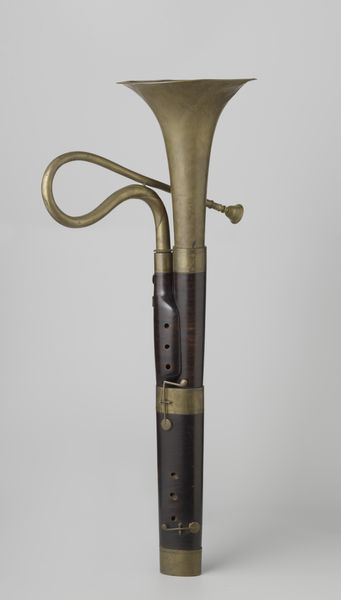
Copyright: Rijks Museum: Open Domain
Here we have a bassoon, crafted by Johannes van de Knikker, who lived and worked in the late 18th and early 19th centuries. During van de Knikker’s time, instruments like the bassoon were being refined, becoming increasingly central to both aristocratic and burgeoning middle-class musical life. The bassoon, with its deep, sonorous tones, served as a foundation for harmonies, a grounding voice that supported the soaring melodies of the violins or the human voice. Consider what it meant to create such an instrument at a time of social and political upheaval, when the very foundations of European society were being questioned. What role did music play in shaping national and cultural identities? The bassoon embodies the complex interplay between individual artistry and collective identity formation during this time. It also reflects a personal journey of an artisan whose work contributed to the cultural landscape.
Comments
rijksmuseum about 2 years ago
⋮
The bassoon – from the French bas son – is the low voice of the double reed instruments, while the oboe – hautbois – is the high one. The modern bassoon, consisting of different assembled parts, stems from the mid-17th century. Today’s bassoon serves as the tenor and bass for the orchestra’s woodwinds.
Join the conversation
Join millions of artists and users on Artera today and experience the ultimate creative platform.
